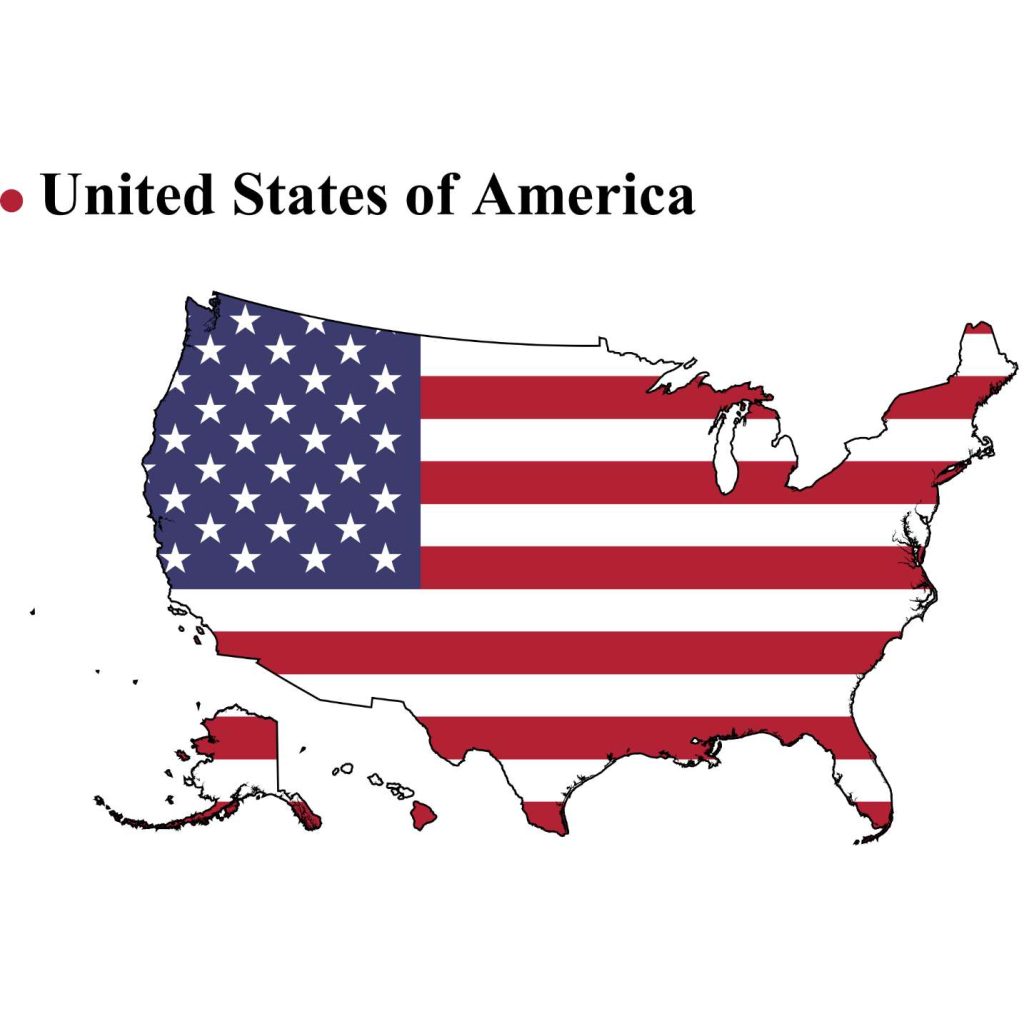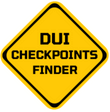DUI Checkpoints Location by State
Select a State for an up-to-date compilation of recent DUI checkpoint locations.

High-Risk Areas for DUI Roadblocks
High-risk areas for DUI checkpoints are specific locations or regions where law enforcement agencies are more likely to set up DUI checkpoints due to a higher incidence of drunk driving incidents. These areas are considered high-risk because they have a history of alcohol-related accidents or because they are associated with factors that increase the likelihood of impaired driving.
Nightlife Districts: Areas with a concentration of bars, clubs, and restaurants are often high-risk for DUI checkpoints. This is because people may consume alcohol in these locations and then attempt to drive home.
Proximity to Major Highways: Locations near highways or major roads may be targeted for checkpoints because they are commonly used by drivers, including those who have been drinking.
Historical DUI Incident Areas: Places with a documented history of DUI-related accidents or arrests are often considered high-risk. Law enforcement may focus on these areas to reduce future incidents.
Special Events or Festivals: Checkpoints may be set up during local events, festivals, or sports games where alcohol consumption is prevalent. These gatherings can attract people who may drink and drive.
Holiday Hotspots: During holidays like New Year’s Eve, Fourth of July, and Labor Day, there is an increased risk of impaired driving. As a result, DUI checkpoints may be established in areas where celebrations are common.
College Campuses: Areas around college campuses may be considered high-risk, especially during periods when students are known to celebrate, such as homecoming or graduation.
Accident-Prone Intersections: If certain intersections have a history of accidents related to impaired driving, law enforcement may conduct checkpoints in these areas to deter further incidents.
